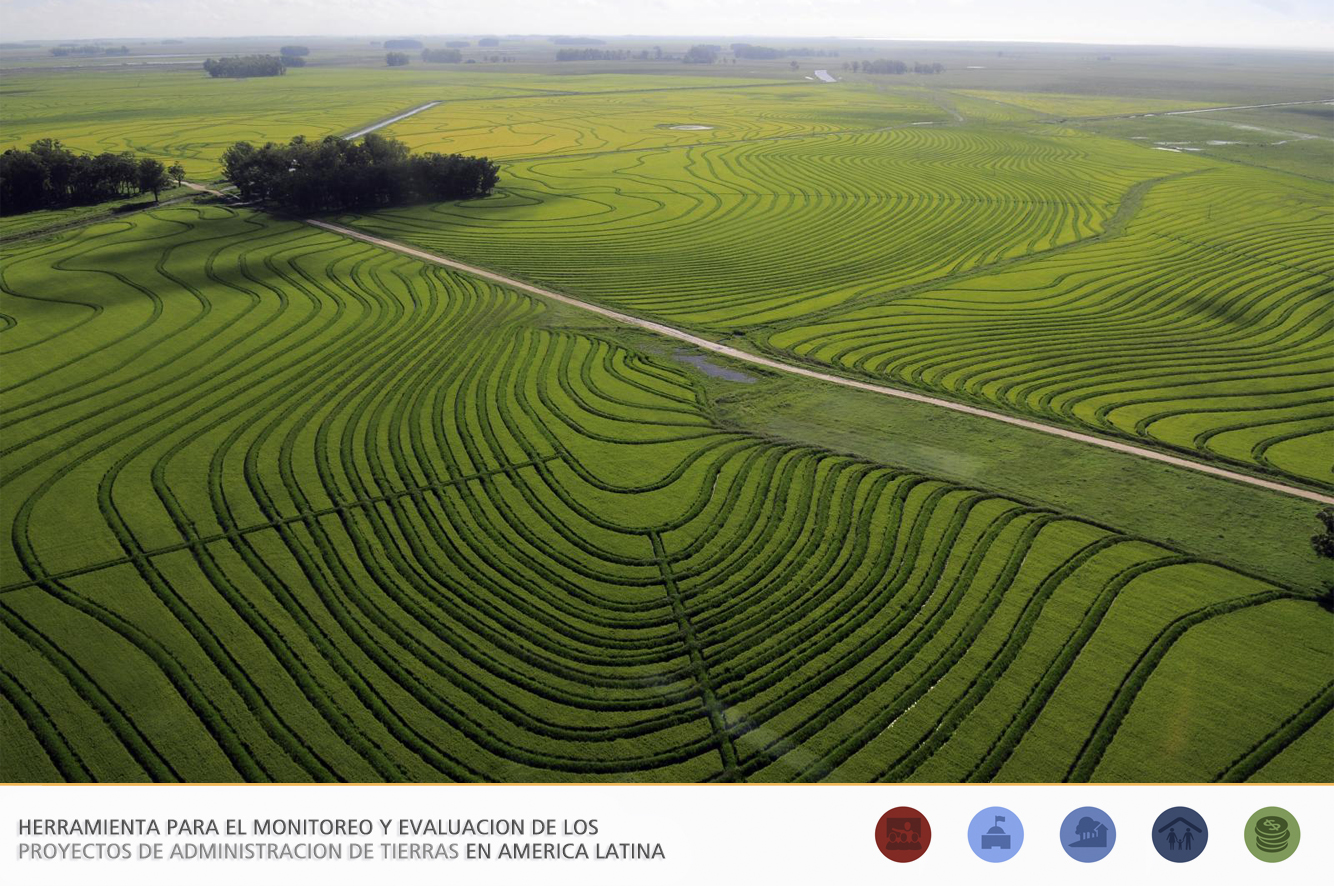Strengthening Investments in Land Administration – now online

New website to support Land Administration Programs in Latin America
Over the past 20 years, many Latin American governments, with the support of International Financing Institutions, have been investing in Land Administration Programs (LAP). The objective of these programs is to strengthen individual and collective tenure rights by strengthening institutions, developing data infrastructure systems, decentralizing services and regularizing tenure. The Latin America LAP portal was launched on 1st October during the 2015 Regional South-South Knowledge Exchange workshop in Nicaragua. Organized by the Government of Nicaragua, the workshop provided a platform for countries in the global South to share knowledge, skills and experience. Through peer-to-peer learning, participants were provided with insight and inspiration for designing and implementing solutions to development challenges, making it the ideal launching point for the website. The website has been developed through the joint efforts of FAO and the World Bank, with support from the governments of Guatemala, Nicaragua and Honduras.
Who is this website for?
The website is intended to be a useful tool for institutional and civil society actors, as well as International Financing Institutions, who wish to contribute to the strengthening of good governance practices on land tenure. It provides a methodological framework and practical instruments for monitoring and evaluating the overall impact of a LAP, and includes links to the Voluntary Guidelines on the Responsible Governance of Tenure of Land, Fisheries and Forests (VGGT) and the Land Governance Assessment Framework (LGAF). The VGGT were established late 2012 to outline principles and practices that governments can refer to when making laws and administering land, fisheries and forests rights, with the aim of promoting food security and sustainable development. The LGAF, developed in part by FAO earlier in 2012 and led by the World Bank, is a tool which helps implement the Guidelines by identifying the current status of governance in a given country and identifying gaps and challenges in the target fields.
The website’s content is derived from the experience and knowledge of local experts involved in the implementation of LAPs in Latin America (particularly in Central America), as well as specialists from FAO and the World Bank. The rationale is that knowledge accumulated through these programs can be adapted to the context of other countries seeking to modernize their land administration systems, protecting rights of vulnerable people and strengthen territorial governance and land tenure security.
How does it work?
The Web Portal contains three modules, representing the following levels of intervention of the LAPs:
- At the institutional level—corresponding to the Institutions of Land Administration, supporting reforms at the national level.
- At the local level—corresponding to the sub-national entities such as municipalities and indigenous territories.
- At the household level—dedicated to the issuance of land titles or other legal instruments, the strengthening of land tenure security perception and the resolution of land tenure disputes.
“Each module presents a conceptual framework, a practical guide, a results framework and downloadable instruments,” said Enrique Pantoja, the World Bank Task Team leader for LAPs in Latin America. “The site allows users to go directly to the sections and instruments they wish to consult.”
In addition to the three core modules, the guide features another two which provide a methodology framework and instruments for carrying out economic and financial analysis of the investments in Land Administration. The site also contains external hyperlinks that allow direct access to referenced information within FAO, the World Bank and other complimentary sources.
“The website is based on the principle that the experiences in one nation can be adapted and applied in others,” said Fabrice Edouard, Agricultural Officer at FAO, and coordinator of the development of this tool. “Ultimately, it will simplify and speed up LAP’s by helping actors in the field learn from each other.”
A living document
The website, currently available in Spanish, has been conceived to be a living tool kit, which will be modified as more experience is accumulated on LAP monitoring and evaluation. It will be translated into English in 2016.
“The guide was developed to address two major needs,” continues Fabrice Edouard “The first was the demand of LAP implementation teams across countries to exchange Monitoring and Evaluation knowledge and methodologies. The second was the need to harmonize methodologies in order to compare the outcomes and impacts achieved by the countries in the LAC region. We are confident that this website will help standardize the process of evaluating these programs, and ultimately make them more effective and efficient.”
We invite you to visit and use the Latin America LAP portal!
